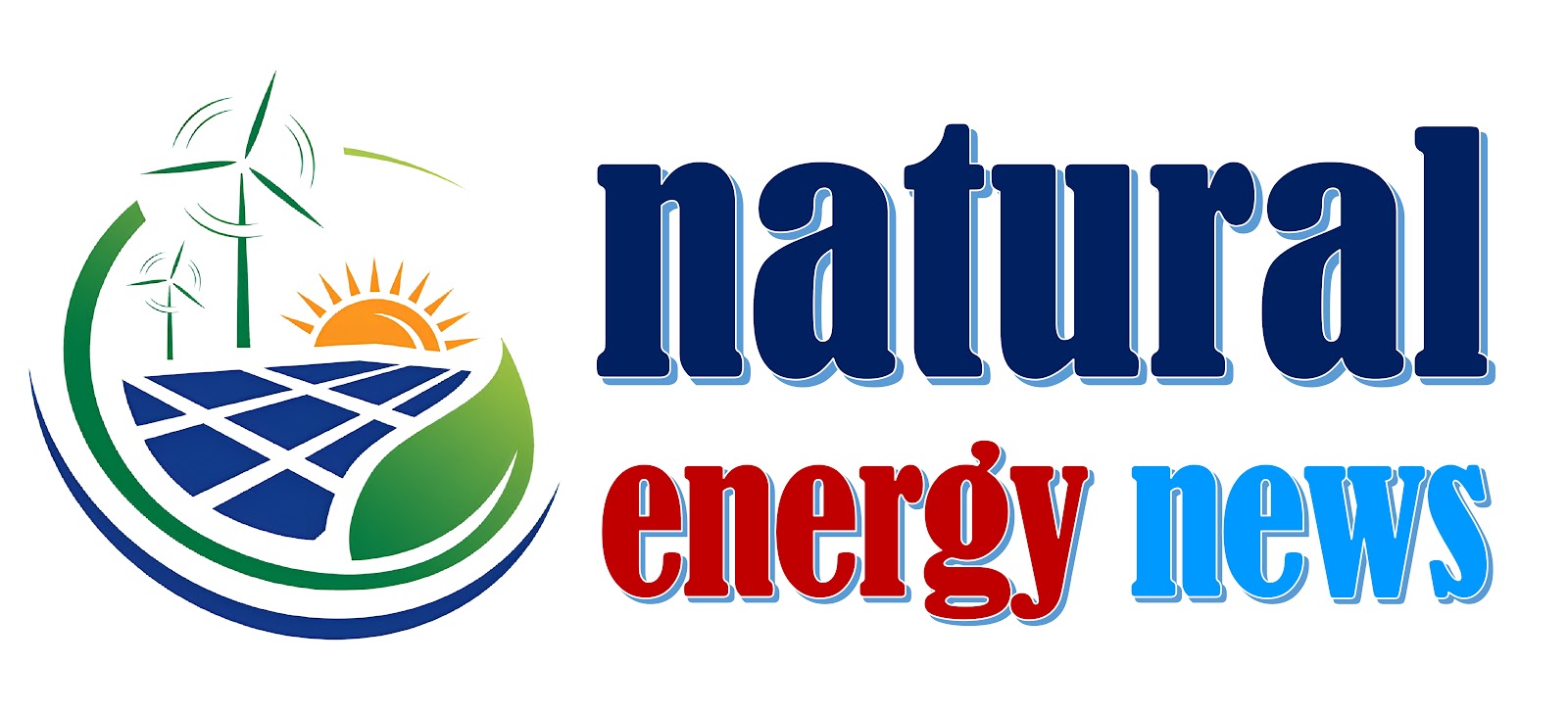Amsterdam (Natural Energy News): The Netherlands has awarded permits for two major offshore wind projects, each with a capacity of 2 GW, marking its biggest offshore wind tender to date. The permits were granted to two international consortia, as announced by the Dutch energy ministry on June 11. This tender is a significant milestone in the Netherlands' renewable energy efforts, despite the complexities of current market conditions.
.JPG) |
Two Major Projects Awarded
The Zeevonk II project, a joint venture between Swedish utility Vattenfall and Copenhagen Infrastructure Partners (CIP), secured the Beta site permit. This project emphasizes system integration and includes plans for a hydrogen-producing electrolyzer plant at the Port of Rotterdam. Meanwhile, the Noordzeker consortium, comprising Dutch pension funds ABP and APG along with UK utility SSE Renewables, won the Alpha site permit, focusing on nature protection in the North Sea.
Challenging Market Conditions
"Market conditions have become more complicated," stated Energy and Climate Minister Rob Jetten. He praised the winning consortia's plans to realize these projects without subsidies, making financial bids for the permits instead. Both projects will receive grid connections from Dutch grid operator Tennet and are expected to be operational by 2029.
Financial and Environmental Commitments
Zeevonk II offered €20 million annually over the 40-year licensing period, amounting to a substantial financial commitment. The project includes the construction of a 1 GW capacity hydrogen electrolyzer plant at Maasvlakte in the Port of Rotterdam, where the grid link cable will land, as well as a 50 MW floating solar plant in the North Sea. Noordzeker's financial bid was over €1 million per year for the 40-year period. Their plans involve turbine designs to protect birds and measures to minimize disturbance to marine mammals during construction and operations. Additionally, Noordzeker will install artificial reefs around three-quarters of their turbines.
Environmental and Financial Costs
Both consortia will also contribute €20 million each towards environmental impact assessments and site studies. This initiative continues the trend seen since 2018, where Dutch offshore wind tenders are awarded without subsidies, while still including onshore grid connections.
Offshore Wind Development
The recent tender keeps the Netherlands on track to achieve at least 10 GW of offshore wind capacity by 2030. The next tender, scheduled for the third quarter of 2025, will offer another 4 GW at two sites (IJmuiden Ver Gamma and Nederwiek I) and will also include financial bids. However, the ministry noted that target dates for five offshore wind projects totaling 10 GW have been delayed by up to two years, pushing the 21-GW goal to 2032. Supply chain tightness, particularly in offshore transmission links, was cited as the primary reason for the delays.
Market Dynamics and Future Outlook
Platts, a unit of S&P Global Commodity Insights, assessed the Dutch offshore wind capture price in a daily range of €1.73/MWh to €106.72/MWh since launching the assessment in March. German offshore wind capture prices, which serve as a close proxy, averaged €86.28/MWh in 2023, significantly lower than the record highs of 2022. Dutch power for 2030 delivery settled at €65.36/MWh on June 10, according to EEX data. Meanwhile, the production cost for electrolytic hydrogen in Europe, specifically Netherlands alkaline electrolysis including capex, averaged $4.39/kg in April.
These projects not only advance the Netherlands' renewable energy goals but also demonstrate the country's resilience and innovation in navigating complex market conditions to achieve sustainable energy solutions.






.JPG)

.JPG)

0 Comments